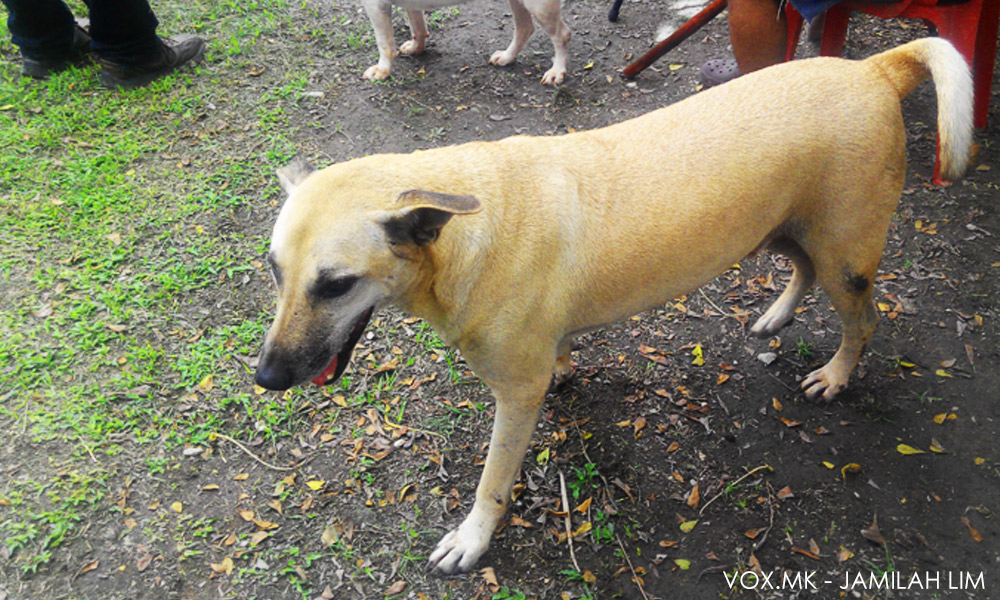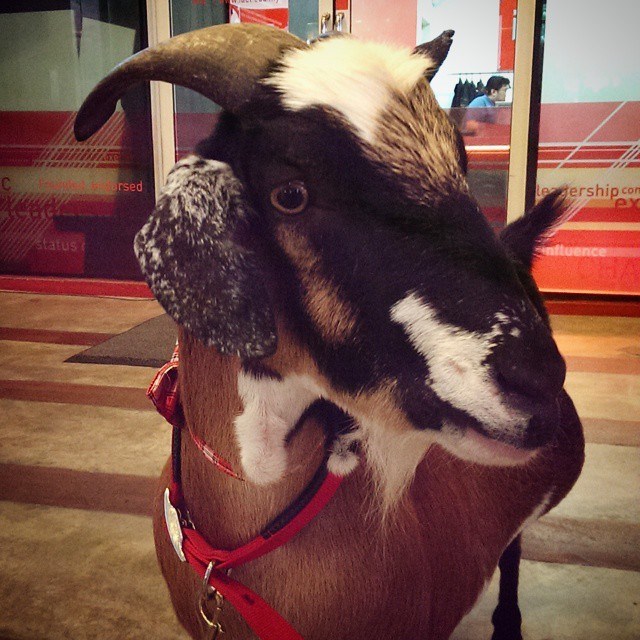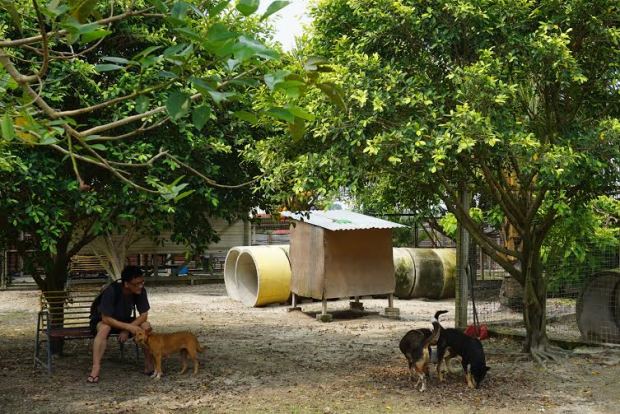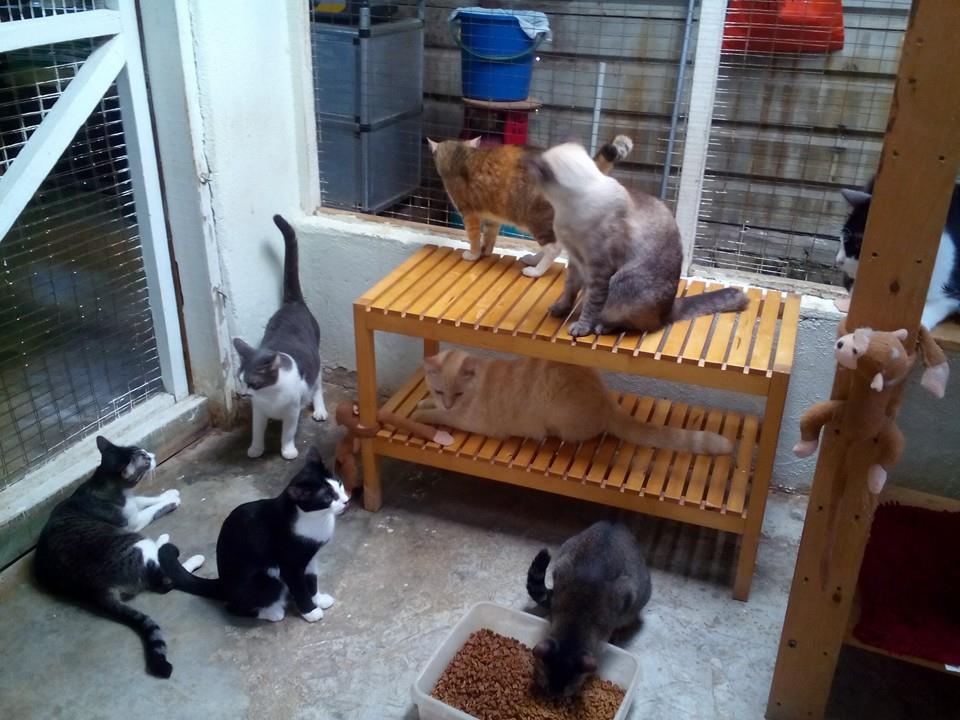
Things we know about technology (that our parents don’t)
Millennials vs. Gen X
Things we know about technology (that our parents don’t)

Zameen Datta, Intern, Malaysiakini
14 November 2016
1. There is no life without the internet!
For many of us, life without the internet is almost unthinkable. Whatever would we do without access to all our games and gadgets?

The horror… the horror…
2. Distance is no barrier
It doesn’t matter how far away you are – as long as you have access to the internet, you can meet with your friends and loved ones from anywhere in the world.

Advances in technology have made the world smaller, allowing real time text, audio and even video communication across countries.
3. You can’t stay bored for long!
On the bus or train? Pull out your mobile and catch some pokemon. At home alone? Download your favourite shows via Netflix. On your lunch break? Catch up with your friends and loved ones with Whatsapp.

“Ooh, there’s a Pikachu nearby!”
4. Don’t know something? Google it.
The internet gives us a way to access the collective knowledge and experience of billions of humans across the world. It’s hard to justify memorizing all those textbooks when you can just use Google and get the correct answer in seconds.

The solution to so many problems (Screencap from BeatTheBush YouTube video.)
5. You don’t need a “proper” job to make rent
Nowadays, there’s plenty of money making opportunities for anyone creative enough to find them. Apps like Uber and Grabcar let you make money just by driving people around, pro gamers can earn thousands by competing in e-sports tournaments and Youtube celebrities like Pewdiepie can make millions just by uploading videos on Youtube.

Pewdiepie (real name: Felix Arvid Ulf Kjellberg) is known for his wildly popular Youtube videos, which mainly consists of recording himself playing video games. Despite this, he has been very successful, earning around $12 million in 2015 alone.
This saturation of technology has had a massive impact on how millennials live and work. Some among the older generations have expressed concern over their apparent addiction to the internet, while others are wary of the constant, ever rising prevalence of social media.
However, for millennials, such things are an indispensable and essential part of their everyday lives. The rise of social media, image boards and online forums has created a culture that seems fluid and ever changing. With the help of technology, new ideas and trends can spread with remarkable speed, leading to things such as memes and ‘viral’ news.
To some of the Gen X’es, millennials can seem lazy or narcissistic, more interested in taking selfies and watching cat videos then working.
In truth, millennials actually prefer working smarter rather than harder. It’s all about finding new ways to do their jobs better, and thanks to their familiarity with technology, millennials are used to finding the answers to their questions with just a few clicks.
They also tend to multitask more than older workers, switching rapidly from one thing to the other in a way that may seem strange to someone who is used to sticking to one task and concentrating on it until it’s done.
In addition, their early exposure to a wide variety of people and cultures in turn has caused millennials to become more socially liberal. A lot of millennials have a “I do what I want, you do what you want” philosophy when it comes to other people’s lifestyles or beliefs.
Millennials are more likely to support issues such as LGBT rights and freedom of information.
Generally, millennials tend to be more open minded and aware of the importance of political correctness. While some do enjoy trolling and causing trouble, for the most part millennials at least try to be open-minded and polite to everyone.
New found opportunities
Millennials also tend to be more urban and educated compared to their parents. In the US alone, about 40% of millennials are still studying while 19% have already gotten their degrees. (Source: The Millennial Legacy) Unfortunately, even with such high qualifications, many millennials find it difficult to get jobs. The Great Recession caused a lot of damage to the world’s economy in the late 2000’s, a fact which has impacted millennials in many ways.

The Great Recession destroyed jobs and careers around the world, causing companies to downsize even as economies began to tank. This has made it harder for millennials to find work in more traditional fields such as medicine or law. However, as the years go by, more and more millennials are turning to technology, finding ever more creative ways of making money.
Since it’s more difficult to find a job, many millennials simply create their own. The millennial generation’s creativity and tech savvy has allowed them to make use of technology in ways that most Gen X people would never have considered.
For example, Kickstarter and Patreon are crowd-funding platforms allowing artists, musicians, writers and game designers to receive funding from their fans so that they can concentrate on their art instead of being forced to work part time in order to pay their bills. New jobs such as ‘app designer’ and ‘mobile game developer’ have popped up in response to the growing popularity of smartphones, while online bloggers can draw in thousands or even millions of subscribers interested in what they’re writing – the number one blog, Huffington Post, has around 110, 000, 000 subscribers as of November 2016.
To sum up, millennials have grown up in a world very different from the one their parents experienced in their own childhoods.
They live in a time filled with both unrelenting despair and undying hope, where culture and society seem to shift and change at an unprecedented pace, and though the shadow of the Great Recession still lingers, the millennials are set to overcome it and take their first steps as the latest generation to enter the workforce.



















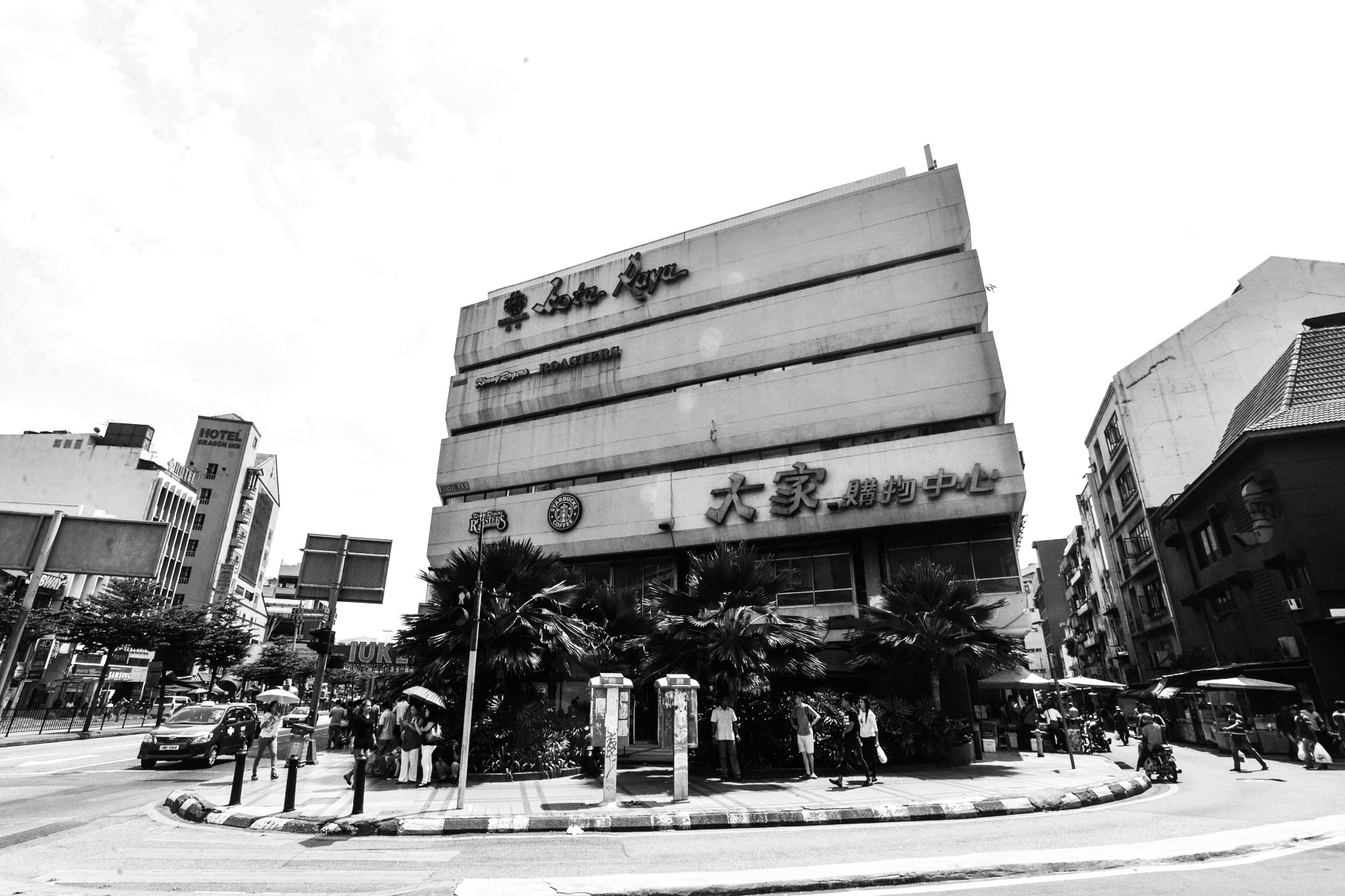






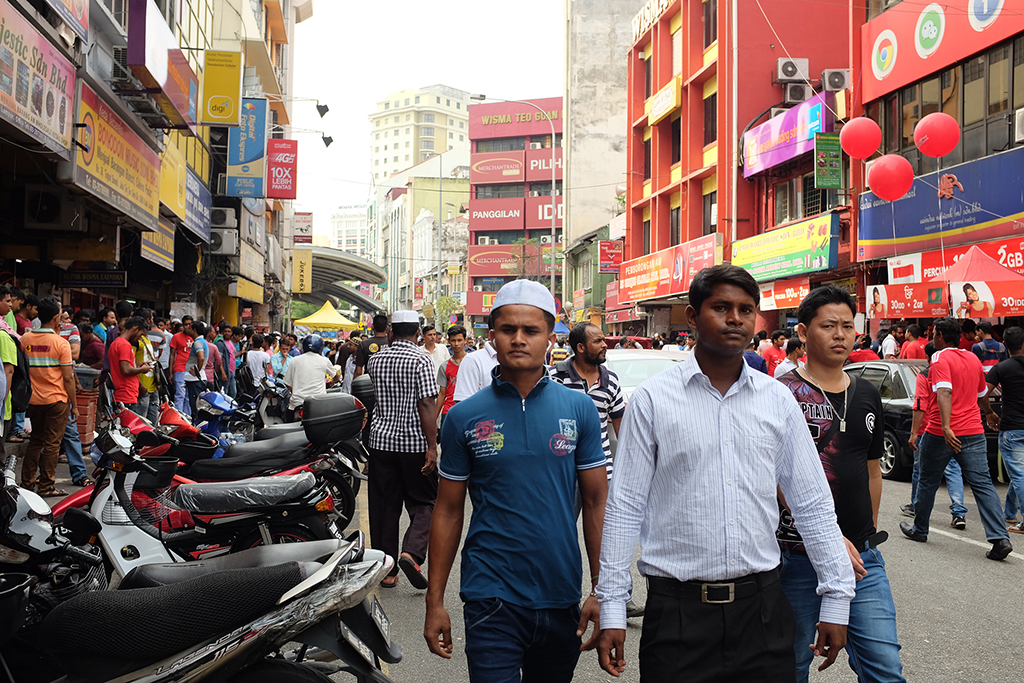
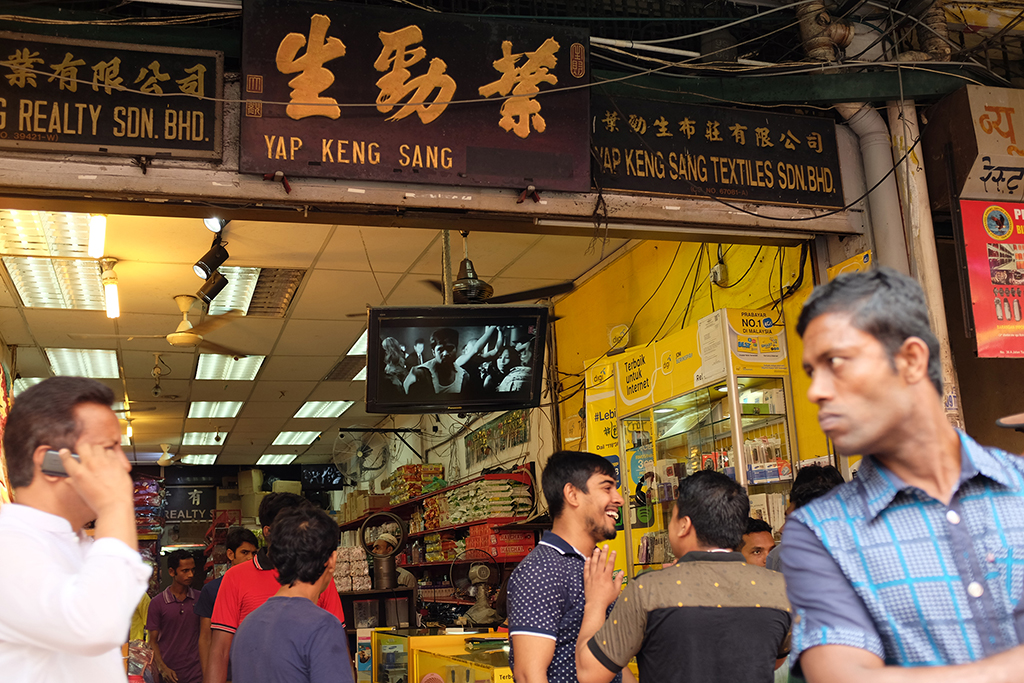


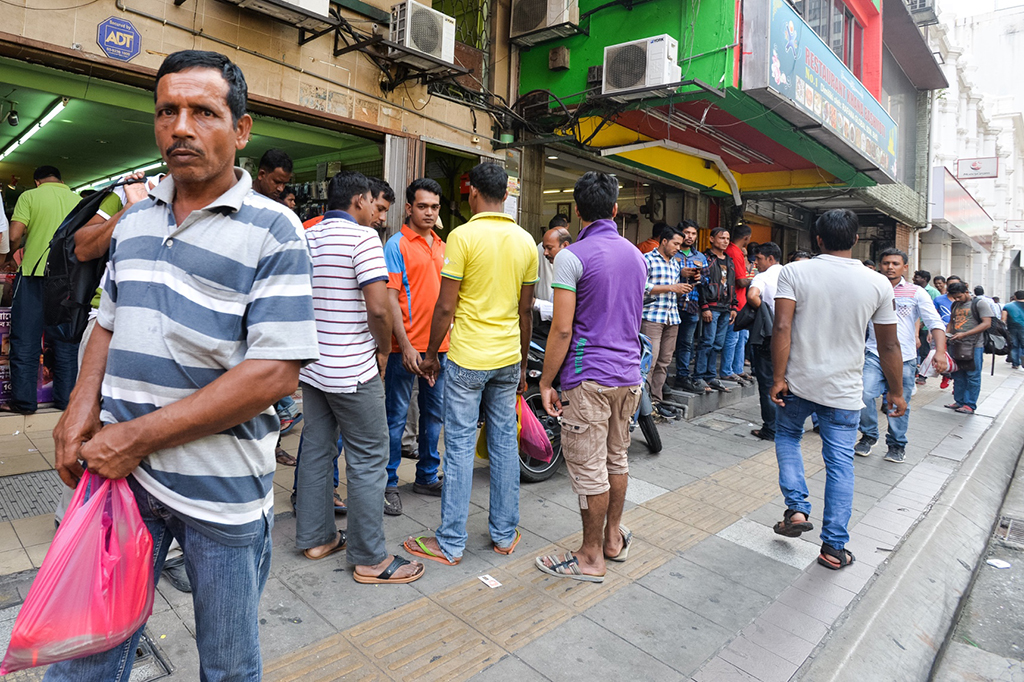

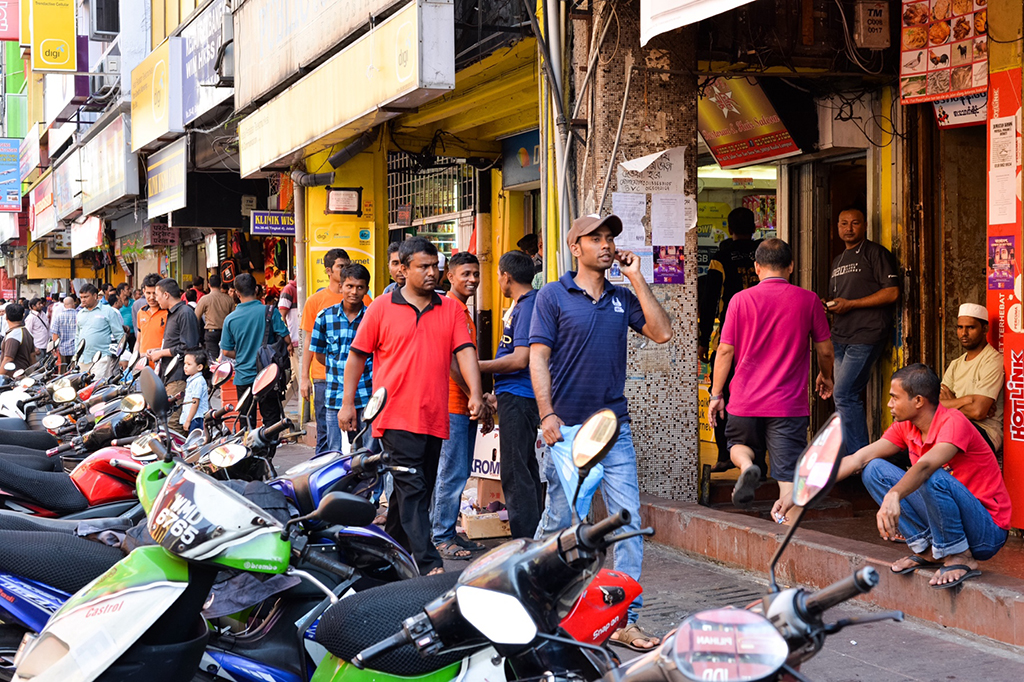


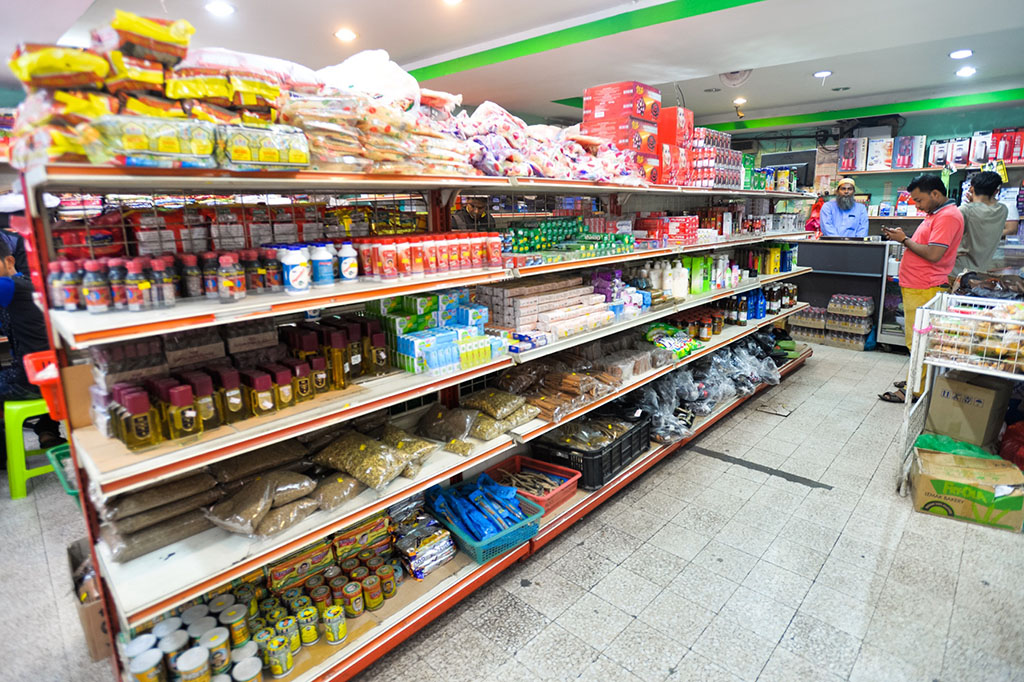
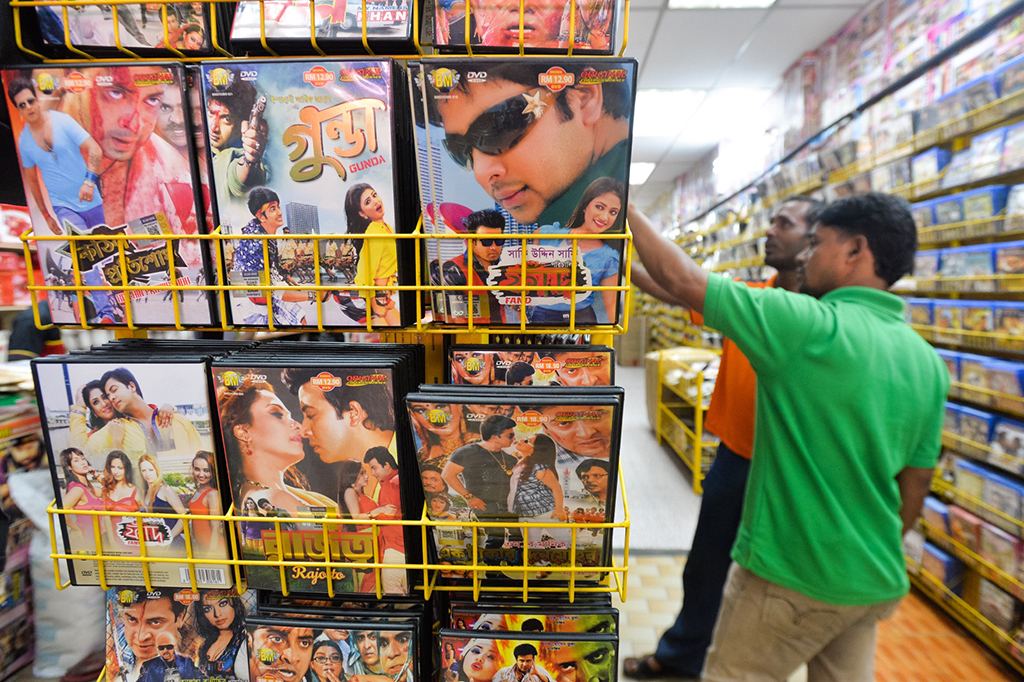
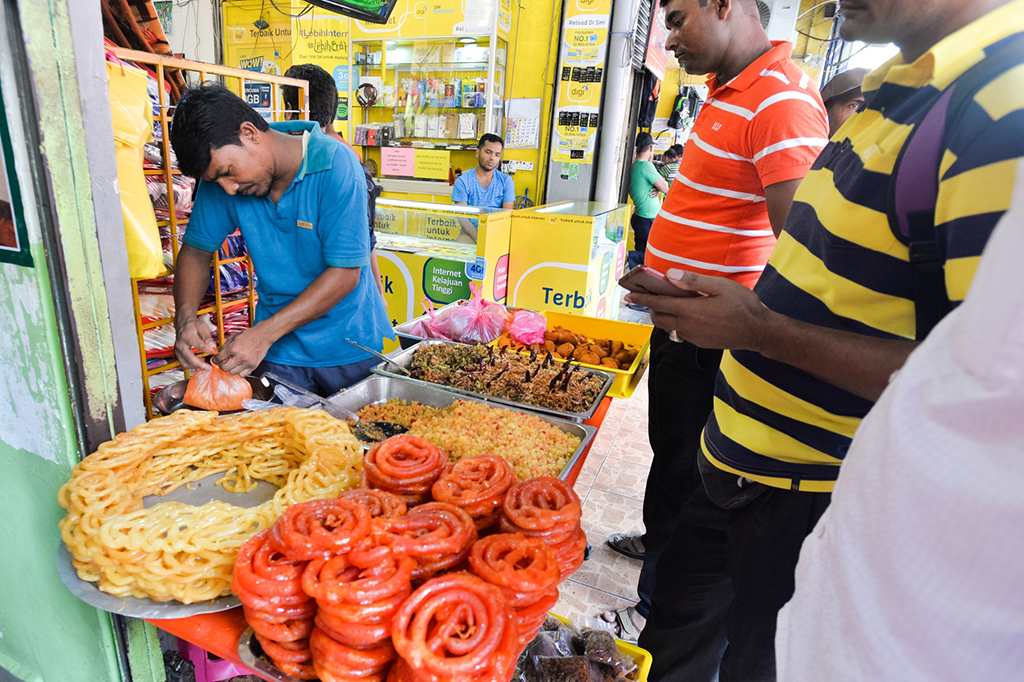




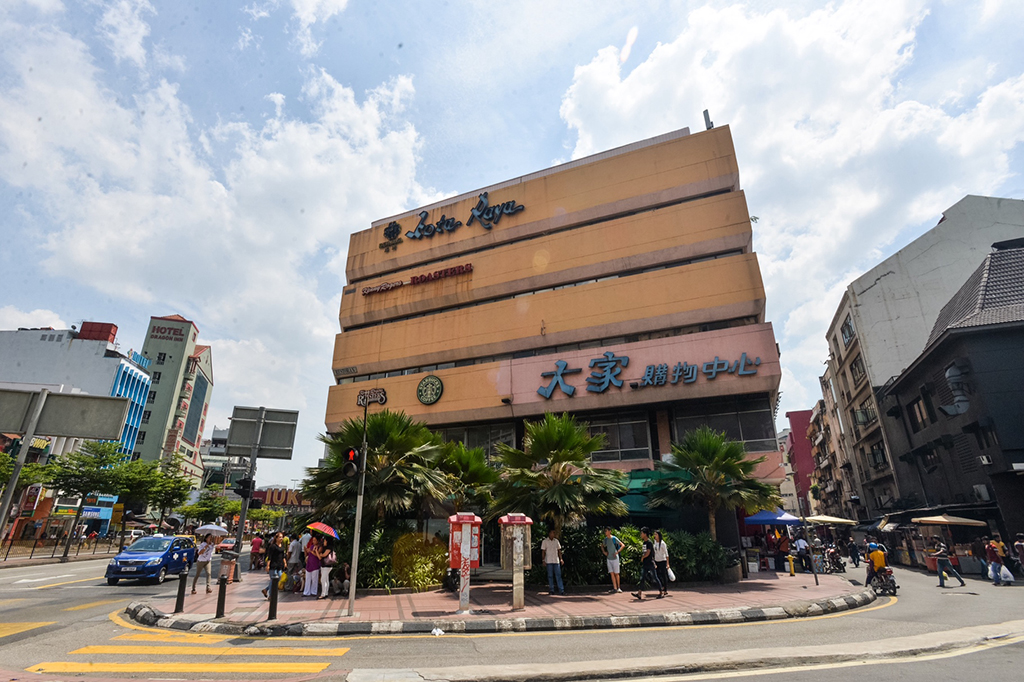
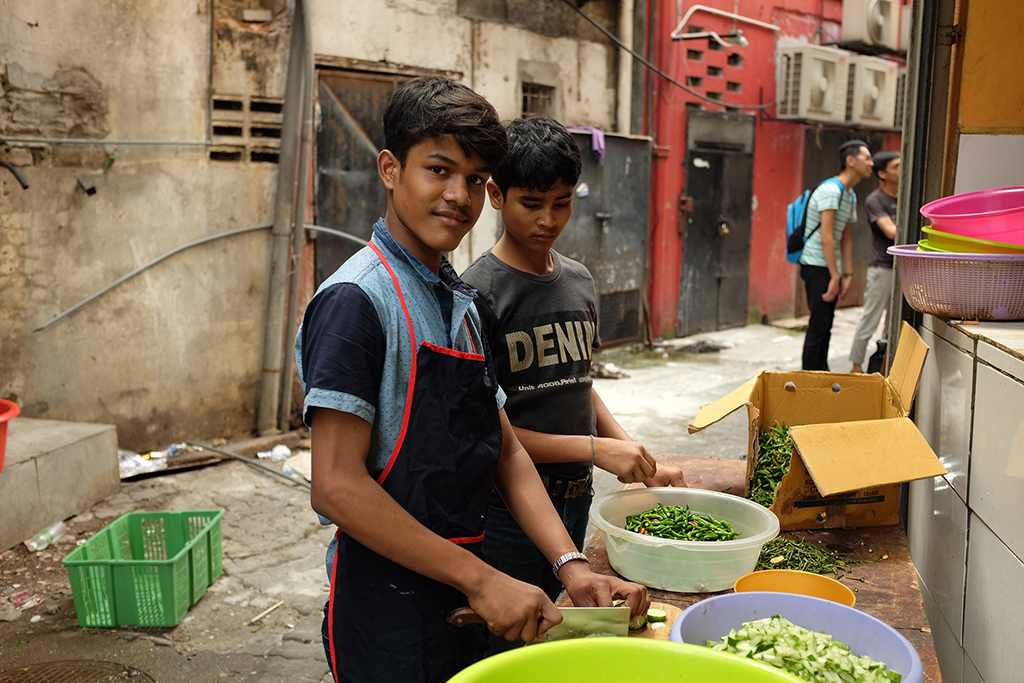
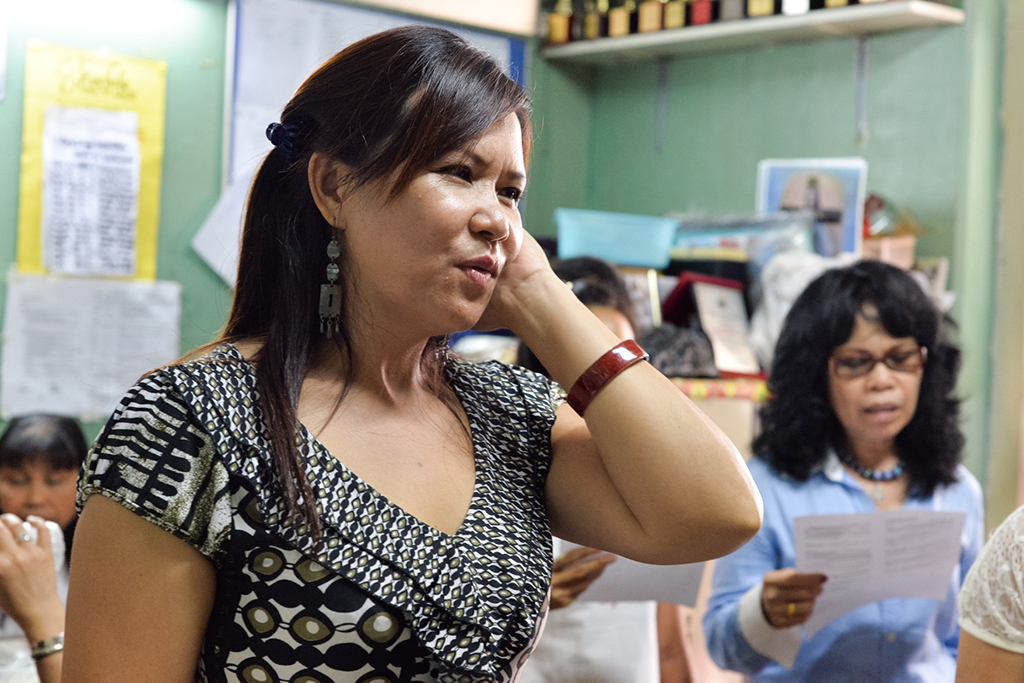






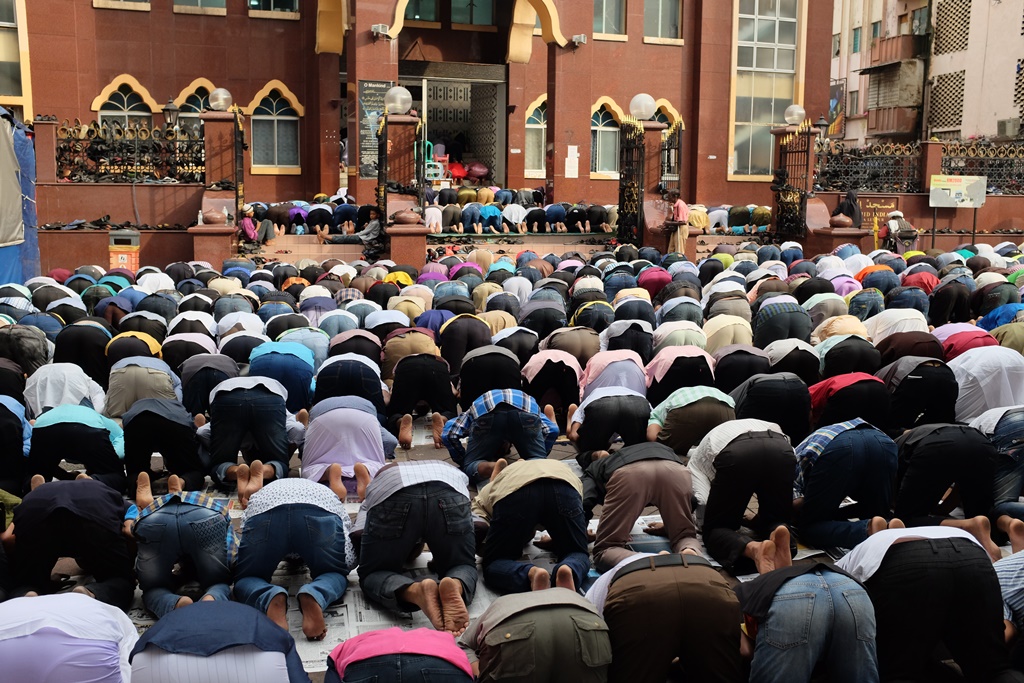
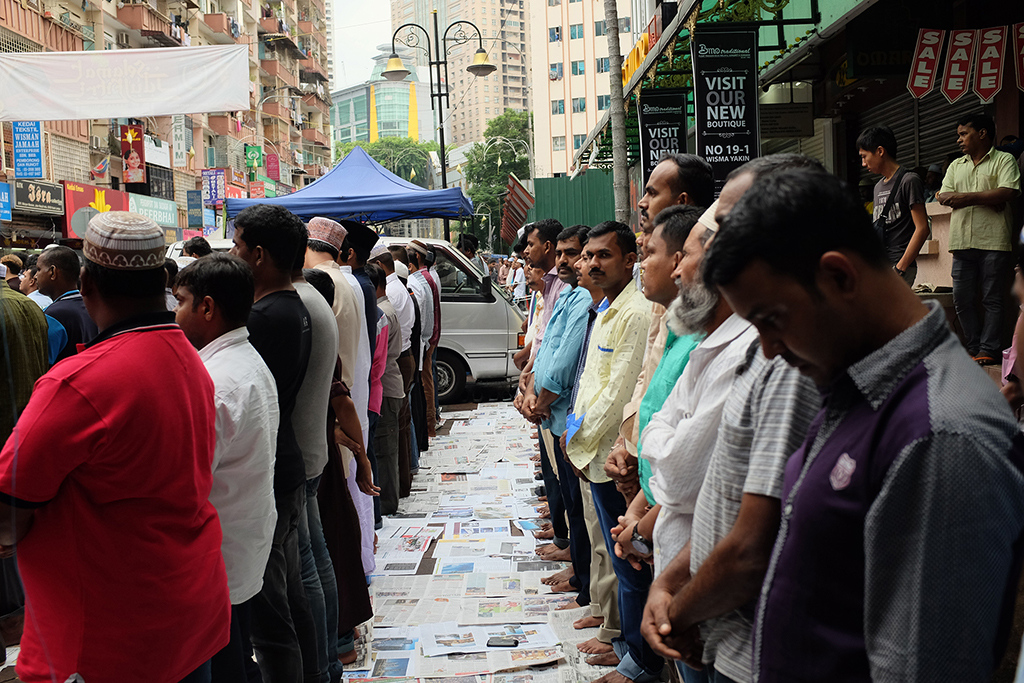

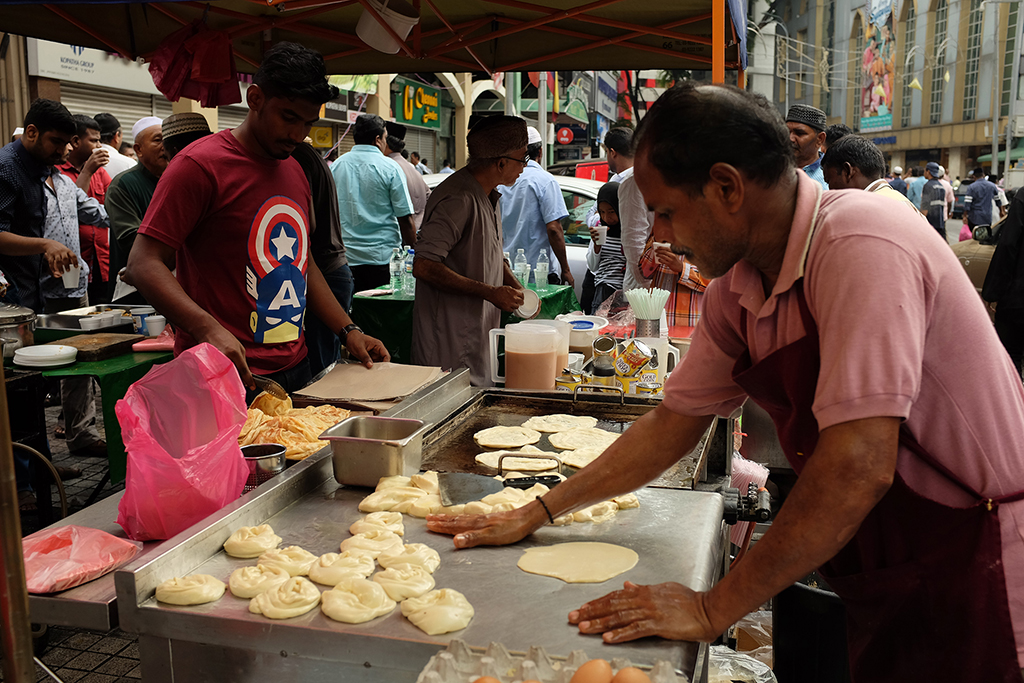
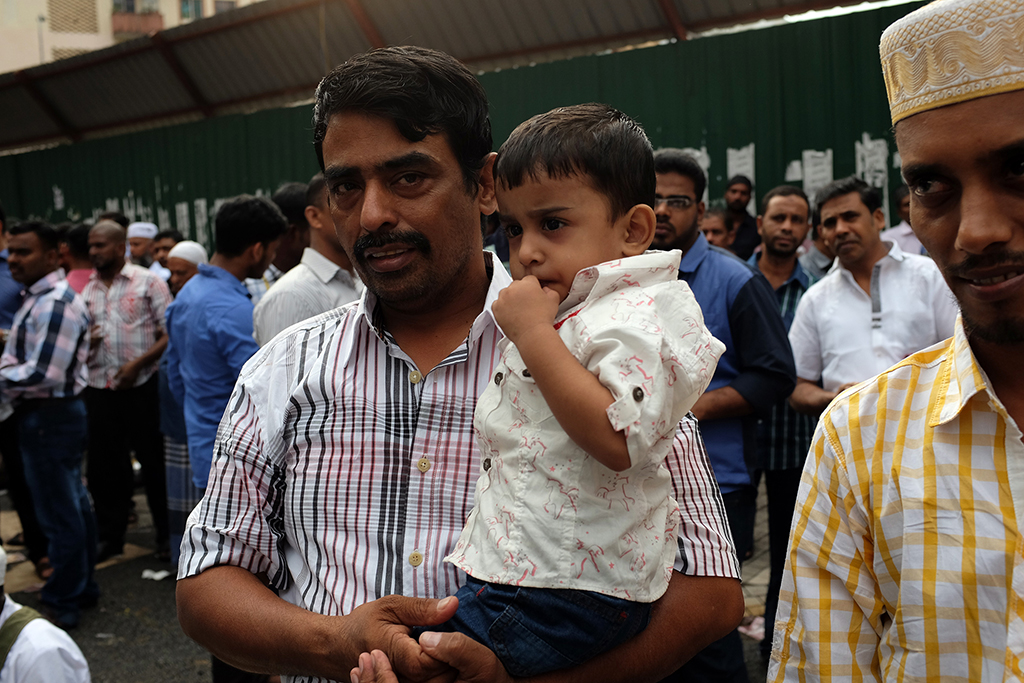

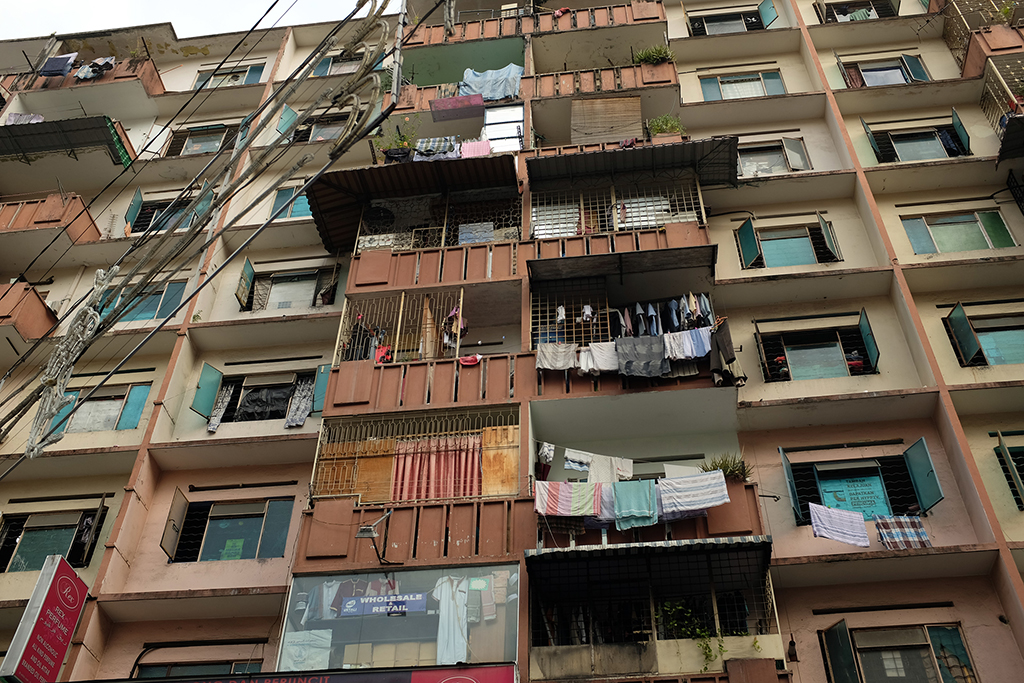
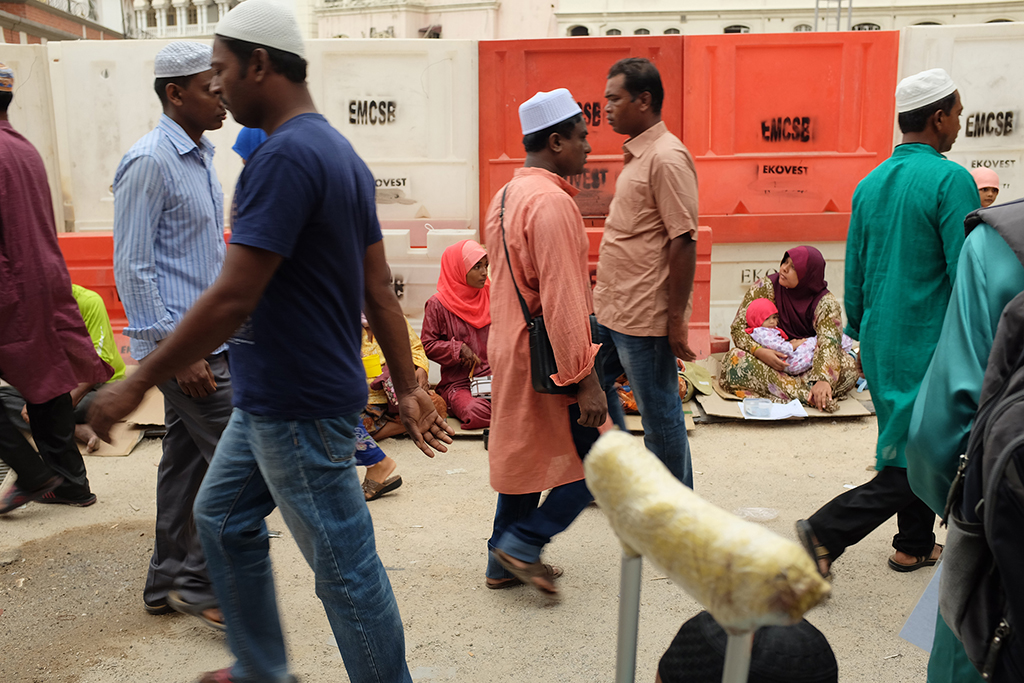
![Kota Raya Migrant Workers Community [Interactive map]](https://voiz.asia/wp-content/uploads/2016/07/img_7038-0246.jpg)








